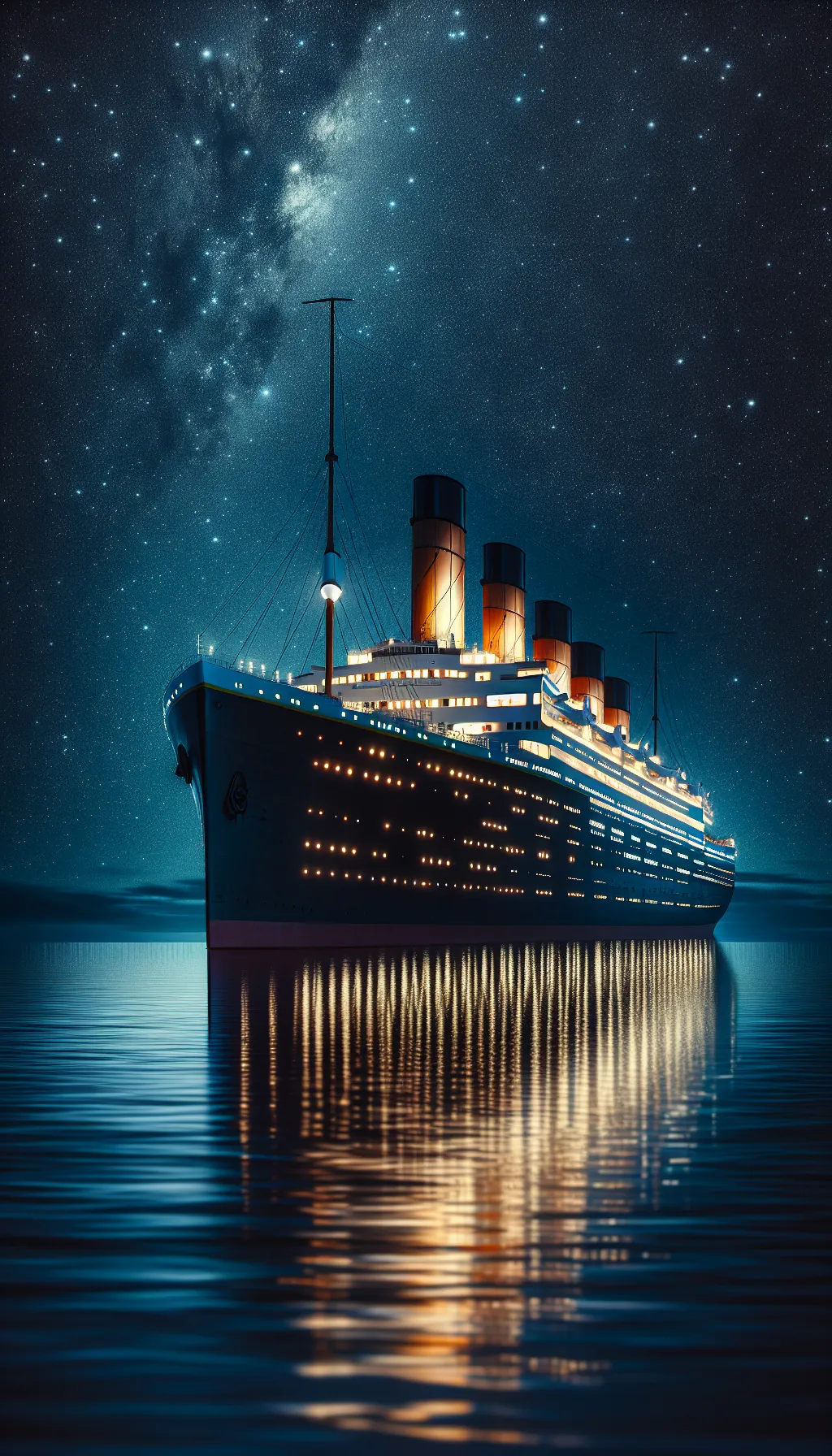UK – The Night the 'Unsinkable' Sank – April 15, 1912
TLDR;
- Event: The RMS Titanic, deemed unsinkable, struck an iceberg on April 15, 1912, during its maiden voyage, leading to its sinking in the North Atlantic.
- Casualties: Over 1,500 lives were lost due to insufficient lifeboats, despite the ship carrying more than legally required.
- Aftermath: The tragedy prompted the International Convention for the Safety of Life at Sea (SOLAS), revolutionizing maritime safety standards.
- Legacy: The Titanic disaster remains a poignant lesson on the limits of human overconfidence and the power of nature.
–
Story
In the icy darkness of the North Atlantic, the unthinkable happened. The RMS Titanic, the largest and most luxurious ship of its time, was on its maiden voyage from Southampton to New York City. It was a marvel of modern engineering, widely believed to be unsinkable due to its advanced design. But as the clock ticked past midnight on April 15, 1912, the Titanic was fighting a losing battle against the sea.

The night was clear, the stars twinkling above as passengers danced and dined, unaware of the lurking danger. The lack of wind and waves made it harder to spot the iceberg, as there were no breaking waves at its base. At 11:40 PM, a lookout spotted an iceberg dead ahead. Despite desperate maneuvers, the Titanic’s fate was sealed. The iceberg scraped along the starboard side, opening the ship’s hull to the freezing waters.
Panic ensued as the realization dawned that the ship was doomed. Lifeboats were launched, but there were not enough for everyone, despite the Titanic carrying more lifeboats than legally required at the time. The cries of those left behind echoed across the water as the Titanic slipped beneath the waves at 2:20 AM, taking over 1,500 souls with her.
The disaster sent shockwaves around the world, prompting a reevaluation of maritime safety. The tragedy led to the establishment of the International Convention for the Safety of Life at Sea (SOLAS), which set new standards for lifeboats, emergency procedures, and iceberg patrols, primarily driven by the UK, US, and other North Atlantic maritime powers. The Titanic’s sinking was a wake-up call, a reminder of nature’s power and the limits of human hubris. It changed the course of maritime history forever, greatly reducing the likelihood of a similar tragedy.
–
| Would a different course of action have saved the Titanic from its icy fate? |